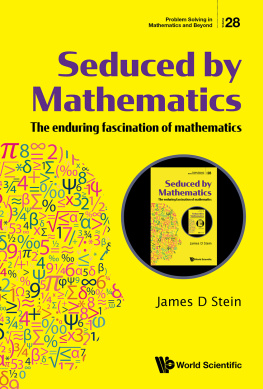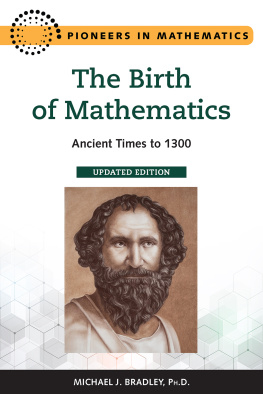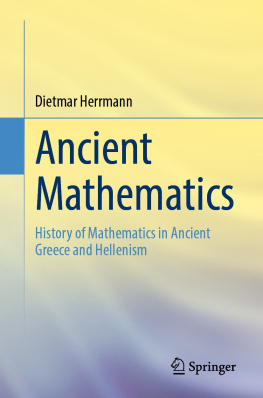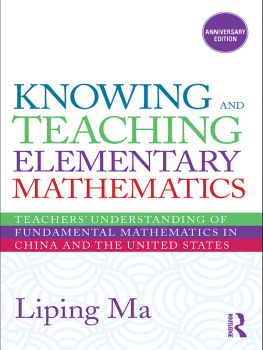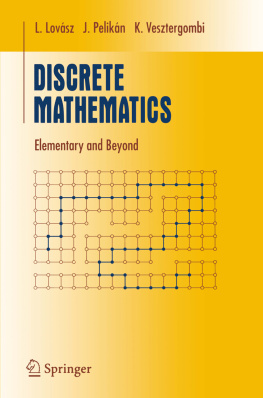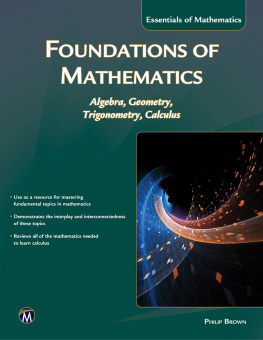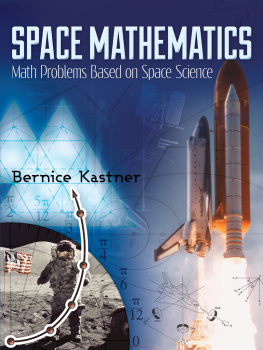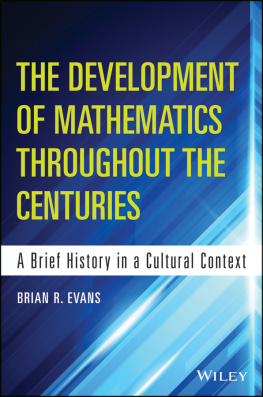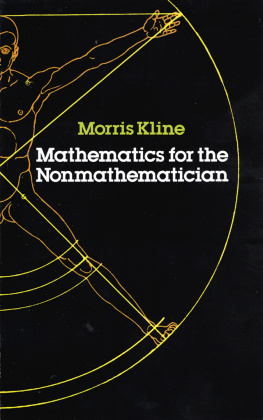Copyright 2013 by John Wiley & Sons, Inc. All rights reserved.
Published by John Wiley & Sons, Inc., Hoboken, New Jersey.
Published simultaneously in Canada.
No part of this publication may be reproduced, stored in a retrieval system, or transmitted in any form or by any means, electronic, mechanical, photocopying, recording, scanning, or otherwise, except as permitted under Section 107 or 108 of the 1976 United States Copyright Act, without either the prior written permission of the Publisher, or authorization through payment of the appropriate per-copy fee to the Copyright Clearance Center, Inc., 222 Rosewood Drive, Danvers, MA 01923, (978) 750-8400, fax (978) 750-4470, or on the web at www.copyright.com . Requests to the Publisher for permission should be addressed to the Permissions Department, John Wiley & Sons, Inc., 111 River Street, Hoboken, NJ 07030, (201) 748-6011, fax (201) 748-6008, or online at http://www.wiley.com/go/permission .
Limit of Liability/Disclaimer of Warranty: While the publisher and author have used their best efforts in preparing this book, they make no representations or warranties with respect to the accuracy or completeness of the contents of this book and specifically disclaim any implied warranties of merchantability or fitness for a particular purpose. No warranty may be created or extended by sales representatives or written sales materials. The advice and strategies contained herein may not be suitable for your situation. You should consult with a professional where appropriate. Neither the publisher nor author shall be liable for any loss of profit or any other commercial damages, including but not limited to special, incidental, consequential, or other damages.
For general information on our other products and services or for technical support, please contact our Customer Care Department within the United States at (800) 762-2974, outside the United States at (317) 572-3993 or fax (317) 572-4002.
Wiley also publishes its books in a variety of electronic formats. Some content that appears in print may not be available in electronic formats. For more information about Wiley products, visit our web site at www.wiley.com .
Library of Congress Cataloging-in-Publication Data:
Cooke, Roger, 1942
The history of mathematics: a brief course / Roger L. Cooke. 3rd ed.
p. cm.
Includes bibliographical references and index.
ISBN 978-1-118-21756-6 (cloth)
1. MathematicsHistory. I. Title.
QA21.C649 2013
510'.9dc23
2012020963
Preface
Like its immediate predecessor, this third edition of The History of Mathematics: A Brief Course must begin with a few words of explanation to users of the earlier editions. The present volume, although it retains most of the material from the second edition, has been reorganized once again. In the first edition each chapter was devoted to a single culture or period within a single culture and subdivided by mathematical topics. In the second edition, after a general survey of mathematics and mathematical practice in Part 1, the primary division was by subject matter: numbers, geometry, algebra, analysis, mathematical inference. After long consideration, I found this organization less desirable than a chronological ordering. As I said in the preface to the second edition,
For reasons that mathematics can illustrate very well, writing the history of mathematics is a nearly impossible task. To get a proper orientation for any particular event in mathematical history, it is necessary to take account of three independent coordinates: the time, the mathematical subject, and the culture. To thread a narrative that is to be read linearly through this three-dimensional array of events is like drawing one of Peano's space-filling curves. Some points on the curve are infinitely distant from one another, and the curve must pass through some points many times. From the point of view of a reader whose time is valuable, these features constitute a glaring defect. The problem is an old one, well expressed eighty years ago by Felix Klein, in Chapter 6 of his Lectures on the Development of Mathematics in the Nineteenth Century :
I have now mentioned a large number of more or less famous names, all closely connected with Riemann. They can become more than a mere list only if we look into the literature associated with the names, or rather, with those who bear the names. One must learn how to grasp the main lines of the many connections in our science out of the enormous available mass of printed matter without getting lost in the time-consuming discussion of every detail, but also without falling into superficiality and dilettantism.
I have decided that in the lexicographic ordering of the three-dimensional coordinate system mentioned above, culture is the first coordinate, chronology the second, and mathematical content the third. That is the principle on which the first six parts of the present edition are organized. In the seventh and final part, which covers the period from 1800 on, the first coordinate becomes irrelevant, as mathematics acquires a worldwide scope. Because so much new mathematics was being invented, it also becomes impossible to give any coherent description of its whole over even a single decade, and so the chronological ordering has to become the second coordinate, as mathematical content becomes the first.
Changes from the Second Edition
Besides the general reorganization of material mentioned above, I have also had a feeling that in the previous edition I succumbed in too many places to the mathematician's impulse to go into mathematical detail at the expense of the history of the subject and to discuss some questions of historical minutiae that are best omitted in a first course. I have therefore condensed the book somewhat. The main difference with earlier editions is that I have tried to adapt the text better to the needs of instructors. To that end, I have made the chapters more nearly uniform in length, usually ten to twelve pages each, putting into each chapter an amount of material that I consider reasonable for a typical 50-minute class. In addition, I have scrutinized the problems to be sure that they are reasonable as homework problems. They are of three types: (1) those that develop a mathematical technique, such as the Chinese method of solving polynomial equations numerically, the kuttaka , computation by the Egyptian method, prosthaphresis , and the like; (2) those that ask the student to recall a specific set of historic facts (these generally have brief answers of a sentence or two and should be answerable directly from the narrative); and (3) those that ask the student to speculate and synthesize the history into a plausible narrative, including possible motives for certain investigations undertaken by mathematicians. In survey chapters at the beginning of some parts, only the last two types occur.
The book is divided into seven parts. The first six, comprising the first 34 chapters, contain as systematic a discussion as I can manage of the general history of mathematics up to the nineteenth century. Because it is aimed at a general audience, I have given extra attention to topics that continue to be in the school curriculum, while at the same time trying to discuss each topic within the context of its own time. At the end of each chapter are a few questions to provide a basis for classroom discussions. More such questions can be found in the accompanying teacher's manual. I believe that these 34 chapters, totaling about 400 pages, constitute a one-semester course and that any extra class meetings (I assume 42 such meetings) will be devoted to quizzes, midterms, and perhaps one or two of the specialized chapters in Part VII.


